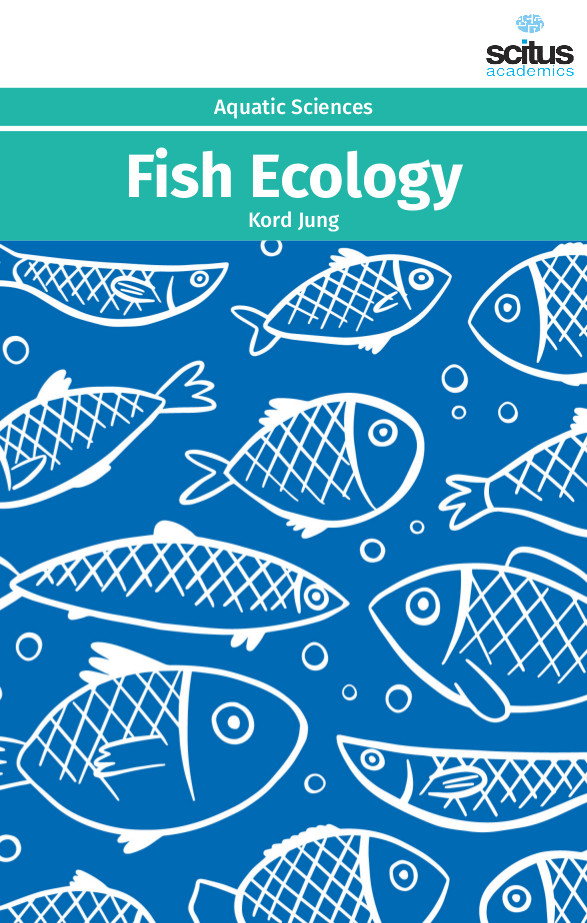Fish are a vital component of marine habitats. They are complexly related to other organisms – through the food web and through other mechanisms. Fish play a far more important role as contributors of nutrients to marine ecosystems than previously thought. Fish are very diverse with many adaptations to the different habitats provided by the sea and the continental waters. They can be found from freezing temperatures to the tropics, and have a wide range of life histories. The maximum diversity is found in tropical littoral areas, probably related both to the stability of the oceanographic conditions and the complexity of the habitat. Diversity is maintained through predation and competition. Besides the ecological importance of fish as components of the ecosystem and as part of the energy transfer in the food chain, man in fisheries ranging from a small- to an industrial- scale heavily exploits fish. Fish have adaptations to the fluid medium in which they inhabit, such as the hydrodynamic shape of all active swimming species. The ecosystems that support fisheries, together with other economic activities, are subject to a number of alterations of significant relevance to their functioning and resilience and to the goods and services they can provide. The ecosystem approach for fisheries management is a widely accepted concept and various international instruments require its application. However, there are various interpretations of the ecosystem approach and its application almost always brings about confrontations and resistance among managers, proponents, and stakeholders.
This volume ‘Fish Ecology’ deals with the latest researches in the fields of fish ecology, limnology and eco-conservation. The purpose of this book is to introduce the ecology of fishes by describing the inter-relationships between fishes and the aquatic habitats they occupy. It covers the main themes of ecology, including habitat use, species interactions, migration, feeding, population dynamics and reproduction in relation to the major habitats occupied by fishes. It moves on to address freshwater, estuarine, and marine ecosystems and identifies factors that affect the distribution and abundance of fishes. It is aimed not only for the cause of research but also for the scientists and administrators involved in the planning and implementation of policies related to fish ecology.













